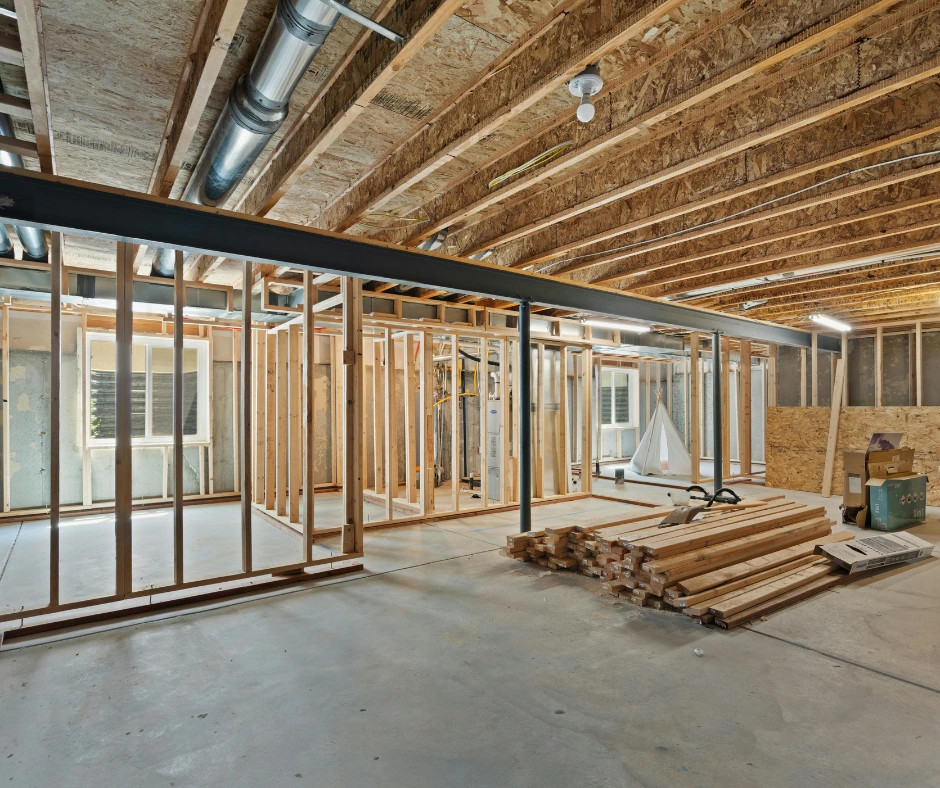In the Australian construction industry, safety, durability, and compliance are non-negotiable, and that’s where Australian Standards for building and construction play a critical role. These standards are comprehensive documents that outline performance criteria, design rules, and technical specifications for all aspects of building construction, from foundation to finish.
Published by Standards Australia, these guidelines ensure that residential and commercial buildings across the country meet strict criteria for structural integrity, energy efficiency, material safety, and accessibility. For both home buyers and builders, understanding and adhering to Australian Standards construction guidelines is essential for ensuring legal compliance, quality outcomes, and long-term peace of mind.
The Role of Australian Standards in the Construction Industry
Ensuring Safety and Quality
Australian Standards construction guidelines are designed to prioritise safety and quality throughout all phases of a construction project. Whether it’s the structural load-bearing capacity of a roof truss or the fire-resistance rating of building materials, these standards protect occupants and property from unnecessary risk. For buyers, homes built to these specifications mean fewer defects and long-term security.
Compliance with Legal Frameworks
Compliance with Australian building regulations isn’t optional. It’s a legal requirement. Builders must follow relevant codes, including the National Construction Code (NCC), which references numerous Australian Standards for building and construction. Failure to comply can lead to penalties, project delays, or even demolition of non-conforming work.
Australian Building Regulations: Key Elements You Should Know
Types of Australian Building Regulations
The Australian construction sector follows a multilayered regulatory system, including:
- The Building Code of Australia (BCA): Sets minimum standards for design and construction.
- State and Territory Legislation: Adds location-specific requirements.
- Referenced Australian Standards: Detail best practices in building materials, structural systems, plumbing, and more.
Impact of Building Regulations on Construction Projects
From the moment ground is broken, Australian building regulations influence every aspect of construction, including planning approvals, engineering design, and material selection. Adherence to these standards streamlines inspections, prevents costly rework, and ensures your build is compliant and insurable.
Key Areas Covered by Australian Standards for Building Construction

Structural Integrity and Design
Structural safety is the backbone of any residential or commercial building. Australian standards construction guidelines outline how to calculate load capacities, resist environmental pressures, and use safe framing techniques, ensuring buildings remain stable, even under extreme conditions.
Materials and Workmanship Standards
Whether it’s choosing the right building material or applying proper installation methods, there are standards that govern nearly every trade. These ensure that materials perform as expected and workmanship meets a consistent national benchmark.
Energy Efficiency and Sustainability
Modern Australian standards for building and construction emphasise energy efficiency. From insulation R-values to passive solar design, the standards support greener buildings that lower environmental impact and reduce running costs.
Health, Safety, and Accessibility
These standards also address occupant health and safety, covering ventilation, fire safety, and access requirements for people with disabilities. This makes buildings safer and more inclusive for all Australians.
Benefits of Adhering to Australian Standards for Builders and Contractors
Reputation and Trust
Builders who follow Australian standards construction guidelines demonstrate professionalism and reliability. This builds trust with clients and enhances your reputation in a competitive market.
Reducing Risk and Liability
Compliant construction reduces the risk of structural failure, legal disputes, and insurance claims. It also protects builders from litigation and regulatory penalties.
Long-Term Sustainability
Adherence ensures long-lasting builds with fewer defects, lower maintenance costs, and better resale value, ideal if you look for long-term returns on your property investments.
How to Comply with Australian Building Regulations
Staying compliant involves several key steps:
- Engage qualified professionals: Work with certified engineers, surveyors, and builders who understand applicable standards.
- Review the NCC and referenced standards: Know which Australian standards for building and construction apply to your project.
- Schedule building inspections: Regular inspections by professionals, like Jim’s Building Inspections, ensure compliance at every stage.
- Submit for council approvals: Ensure all plans are approved before work begins.
- Stay informed on updates: Australian standards construction guidelines evolve with technology and climate challenges. Keep current.
Conclusion
The Australian construction industry thrives on precision, regulation, and accountability, and Australian standards construction guidelines are its foundation. From design to execution, these standards ensure every residential building or commercial building is safe, legal, and built to last.
For builders, following the standards protects your work and your reputation. For home buyers, it offers peace of mind that your future home is structurally sound, energy-efficient, and built to code.
At Jim’s Building Inspections, we understand the importance of Australian building regulations. Our Building Inspectors will assist in the management of your New Build Inspection process by checking whether your fixtures, finishes and building work are meeting the quality of workmanship set out in the Guide to Standards and Tolerances.
FAQs
Yes. Builders may face legal action, fines, or mandatory reconstruction if they fail to meet required Australian building regulations.
Ensure that your Builder engages a reputable and independent Building Surveyor and Certifier, and engage Jim’s Building Inspections to complete a full set of staged building inspections to monitor workmanship standards across various trades.
They mandate energy-efficient building practices and sustainable building material choices that reduce carbon footprint and energy costs.
Standards are reviewed regularly, often every five years or as technology and building science evolve.
Challenges include understanding complex codes, managing updates, sourcing compliant materials, and ensuring all trades follow the same standards.
Yes. The standards cover both residential buildings and commercial buildings, with specific guidelines for each type.
They influence everything from structural layout and insulation levels to access, safety, and energy systems, ensuring the design meets national expectations for performance and safety.
External Resources:
- Standards Australia: https://www.standards.org.au/
- National Construction Code (NCC): https://ncc.abcb.gov.au/
- Australian Building Codes Board (ABCB): https://www.abcb.gov.au/
- Department of Industry, Science and Resources – Building and Construction: https://www.industry.gov.au/building-and-construction
- Guide to Standards – Building and Construction: https://www.builderassist.com.au/wp-content/uploads/2022/06/Guide_to_Standards-Building_and_Construction.pdf



